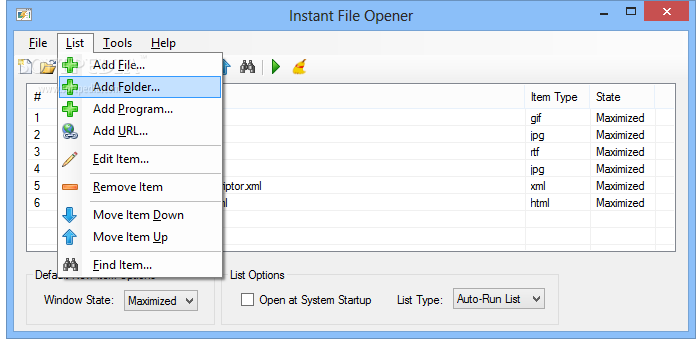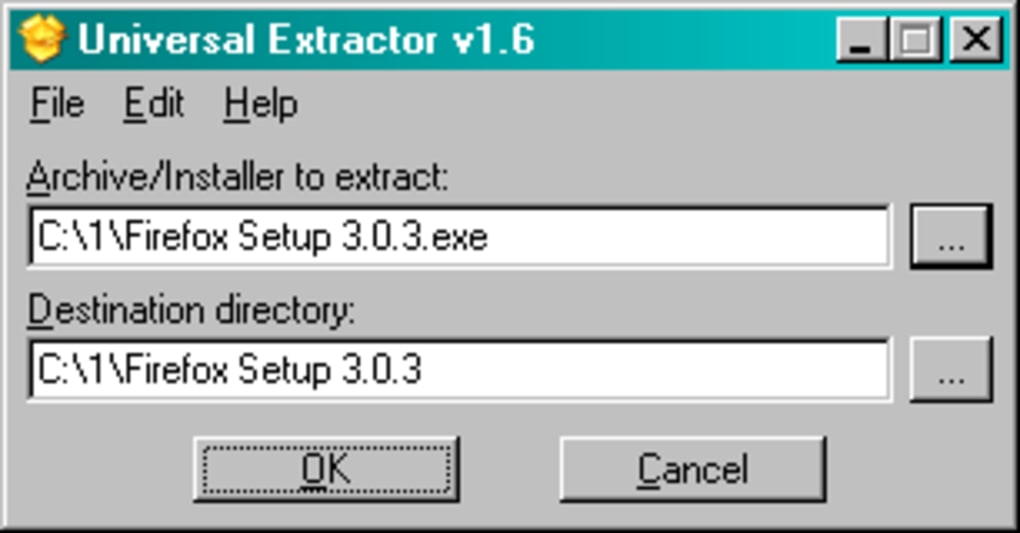

If the data crossed the network it has to be there somewhere. It will create a lot of files so you may want to launch it inside an empty dir or make a new one and use the -D option, then you can open index.html This tool will analyze and extract session information and files and create an html report you can open in any browser

It can load a pcap and extract files and other data, there is both a free and a commercial version available. Network miner is a tool for network analysis but with a focus on forensic analysis. The advantage of doing it this way is that you can actually extract files from other protocols other than http (like ftp or smb) and you can use display filters. To find this you will have to drill down in the packet you want, depending on the protocol. The bad thing about this feature is that even with the latest version (1.6.5 at the time of this writing) you still can’t sort by column or apply any filters which makes finding something specific hard. You can find this at File > Export > Objects > Http, you will be presented with a list of files found in all the http requests. If you ever played with packet captures you probably thought it would be cool that you could actually get downloaded files so let’s see not only one way to do this, but four! 1.


 0 kommentar(er)
0 kommentar(er)
